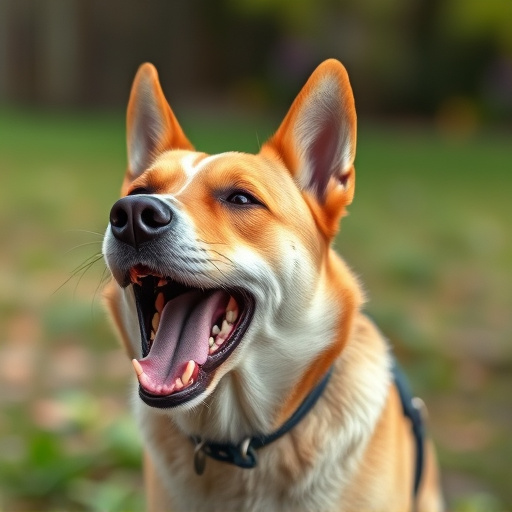Dog spray irritates aggressors but can cause discomfort if absorbed into fur and skin. Rinse affected areas with water, then shampoo, avoiding eyes and mouth. Proactively protect dogs through regular grooming, training, and varied walks to build adaptability.
“Protecting your canine companion from pepper spray exposure is essential, especially with the growing concern over dog safety in public spaces. This comprehensive guide delves into the effects of dog spray and provides practical solutions. Learn how to safely wash pepper spray off dog fur using simple, effective steps. Additionally, discover prevention strategies to keep your pet secure, ensuring a happy and worry-free bond. By understanding these measures, you’ll be equipped to navigate potential hazards and maintain your dog’s well-being.”
- Understanding Dog Spray and Its Effects
- Steps to Safely Wash Pepper Spray off Dog Fur
- Prevention Strategies for Dog Exposure to Spray
Understanding Dog Spray and Its Effects
Dog spray, also known as wash pepper spray, is a powerful deterrent designed to protect pets from potential threats. When activated, it releases a potent blend of capsaicin, the same compound found in chili peppers, which irritates the eyes and respiratory system of any perceived aggressors. This immediate response can help dogs avoid dangerous situations and provide valuable time for owners to intervene.
Understanding how dog spray works is crucial when knowing how to properly address its effects on a dog’s fur and skin. After exposure, it’s essential to act swiftly by thoroughly rinsing the affected areas with large amounts of water. The goal is to wash pepper spray off the dog’s fur as quickly as possible to minimize discomfort and potential long-term irritation. This simple yet effective step can ensure your dog remains safe and comfortable during and after an encounter with this protective spray.
Steps to Safely Wash Pepper Spray off Dog Fur
To safely wash pepper spray off your dog’s fur, start by moving them to a well-ventilated area, preferably outdoors. This is crucial as it helps dissipate any lingering chemical residue and prevents further irritation. Next, gather all necessary materials: mild pet shampoo, clean water, and a soft cloth or sponge. Avoid using harsh human detergents as they can be detrimental to your dog’s sensitive skin.
Rinse the affected areas thoroughly with clean water first to dilute the pepper spray. Then, gently lather the shampoo into their fur, focusing on the sprayed sections. Be mindful not to get any in their eyes or mouth. After a thorough wash, rinse again until the water runs clear. Finally, wipe them down with a damp cloth and ensure they’re dry before returning them to normal activities.
Prevention Strategies for Dog Exposure to Spray
To prevent your dog from coming into contact with spray, especially in public spaces, it’s crucial to implement proactive strategies. One of the primary measures is to ensure regular grooming and washing sessions. If your dog has been exposed to pepper spray or any other irritant, quickly wash it off using a mild, dog-safe detergent. This process helps remove the residue, preventing further discomfort or potential health issues.
Additionally, training your dog to respond to commands like “stay” or “come” in diverse environments can be beneficial. Teaching them to avoid unfamiliar scents or situations may reduce their likelihood of encountering potentially harmful sprays. Regular walks in varied settings expose your pet to different smells and help build a stronger awareness of their surroundings, making them more adaptable and safer.
Protecting your dog from pepper spray exposure is key to ensuring their safety and well-being. By understanding the effects of dog spray and implementing effective prevention strategies, you can minimize the risk of your furry friend coming into contact with it. Remember, swift action is crucial if your dog does come in contact with pepper spray. Knowing how to safely wash pepper spray off your dog’s fur can help mitigate any discomfort or adverse reactions. With these simple steps and preventative measures, you’ll be better equipped to navigate potential encounters and keep your canine companion safe.
